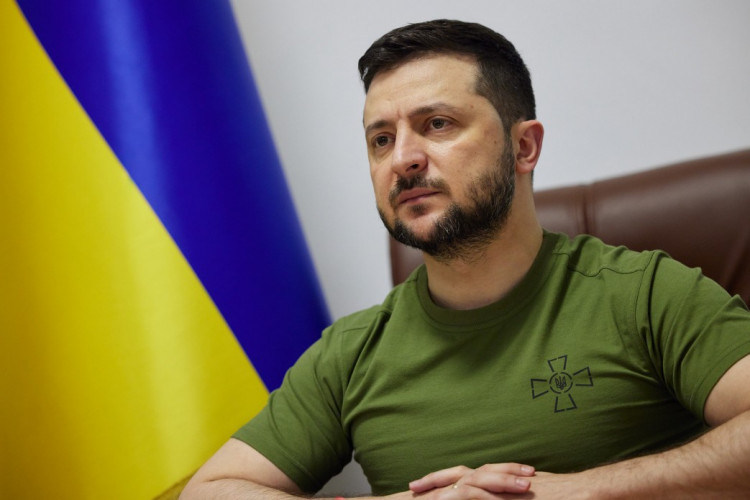In a striking development on the Eastern European front, Ukraine's military prowess came into the spotlight as they claimed to have shot down two high-value Russian aircraft - a significant setback to Moscow's air capabilities in the ongoing conflict. This event, as reported by Ukrainian army chief Valeriy Zaluzhny and echoed by Ukraine's air force, marks a notable shift in the air war dynamics of the Russia-Ukraine conflict.
The aircraft in question, an A-50 long-range radar detection plane and an Il-22 air control post, are pivotal to Russia's battlefield command and control. The destruction of these planes, particularly the A-50 with its sophisticated radar systems, represents a considerable loss for Russia. Ukraine's success in this operation, hailed by Zaluzhnyi on Telegram, highlights the evolving capabilities of Ukrainian forces, bolstered by Western-supplied sophisticated air defense systems.
While the specifics of the incident, including the exact method of the planes' downing, remain unverified independently, the implications are far-reaching. Ukraine's air force's cryptic social media posts, featuring a hush emoji and an English caption, "Who did this?" adds to the intrigue of the military achievement.
According to Ukrainian air force spokesman Yuriy Ignat, the loss of the A-50 is particularly impactful for Russia, given its limited number of such advanced aircraft. The IL-22, reported to have possibly made it back to land despite damage, plays a crucial role in battlefield communication, making its targeting by Ukrainian forces a strategic move.
The Russian Defense Ministry, which had not responded to requests for comment, has previously highlighted the importance of these aircraft types in their military operations. Justin Bronk, a senior research fellow at the Royal United Services Institute (RUSI), emphasized the difficulty Russia would face in replacing both the aircraft and their experienced crews.
The potential downing of these planes adds to a series of losses for Russia, including a previous incident involving an IL-22 plane during an internal conflict last summer. This incident, if confirmed, could signify a shift in the air superiority that Russia has largely maintained since the conflict's inception nearly two years ago.
Christopher Tuck, an expert in conflict and security at King's College London, urges caution in assessing the full impact of this incident. While the loss of these aircraft is a setback for Russia, their strategic value must be understood in the broader context of the ongoing conflict.
The incident's timing coincides with Ukrainian President Volodymyr Zelenskyy's efforts to maintain global attention on the war. As Ukraine showcases its ability to deploy advanced Western weapons effectively, it simultaneously seeks to secure continued international support.
On the diplomatic front, Russia's outreach to North Korea and Iran for military supplies underscores the war's evolving nature and the Kremlin's search for alternative sources to sustain its military efforts. These diplomatic maneuvers reflect the increasing complexity of the conflict and the broader geopolitical implications.
The incident's significance extends beyond the immediate military impact. It exemplifies Ukraine's growing defense capabilities and resilience, challenging Russia's previously perceived air superiority. The downing of these command planes, if confirmed, could signal a pivotal moment in Ukraine's defensive strategy, potentially altering the course of aerial warfare in the region.
Furthermore, the incident raises questions about the effectiveness of Russian air defense and operational security, particularly given the high value and supposed protection of such strategic assets. Frank Ledwidge, a former British military intelligence officer, highlighted the embarrassment for the Kremlin, stating, "These things should not be killed in an environment like that. They really should not."
As the war continues, the destruction of the Russian command planes, if verified, could have significant implications for Moscow's military operations. It not only signifies a tangible loss of sophisticated military hardware but also serves as a symbolic blow to Russian air force morale and strategy.
The ongoing conflict in Ukraine, marked by trench and artillery warfare, has now witnessed a notable development in aerial engagements. This incident, coupled with Ukraine's demonstrated capability to utilize advanced Western weaponry, indicates a shifting dynamic in the war, potentially influencing future military engagements and strategies on both sides.






